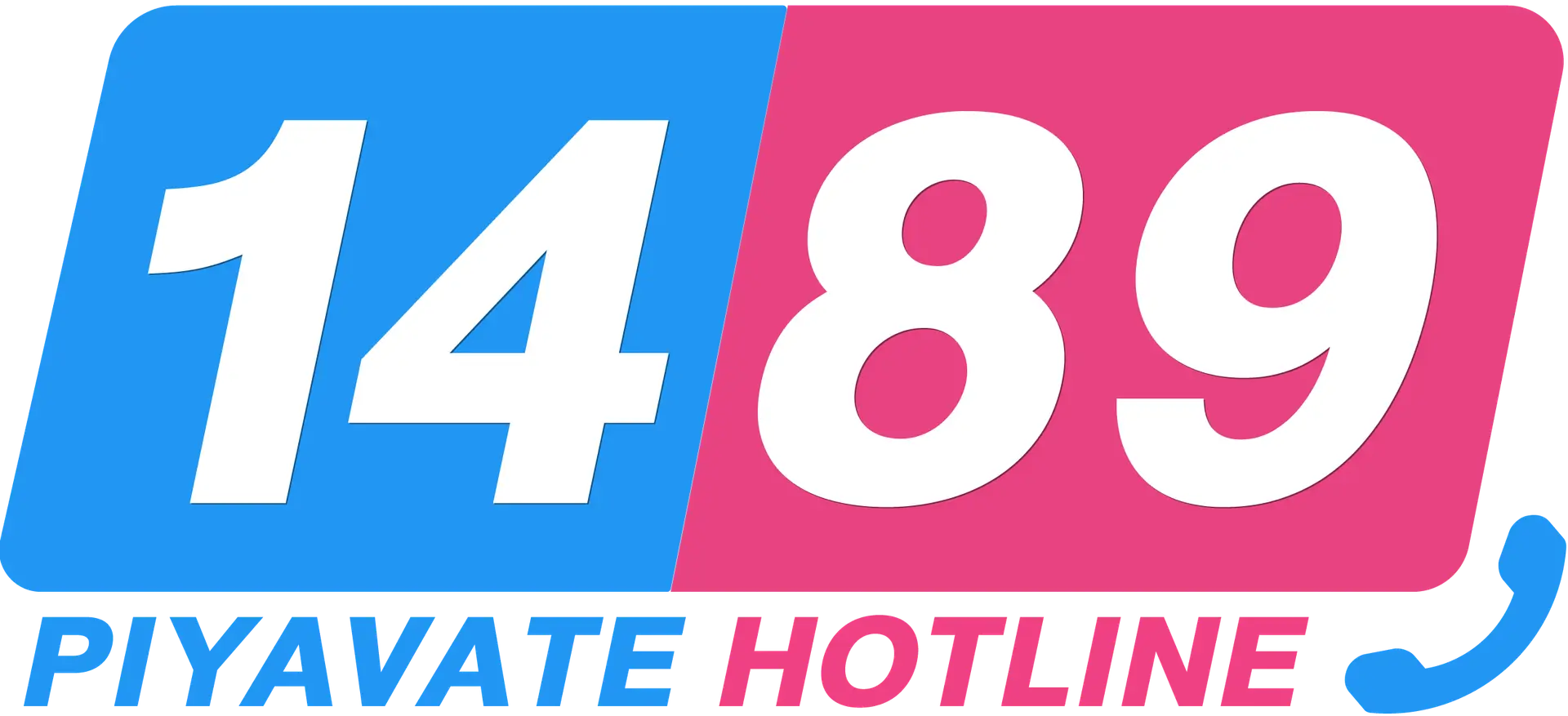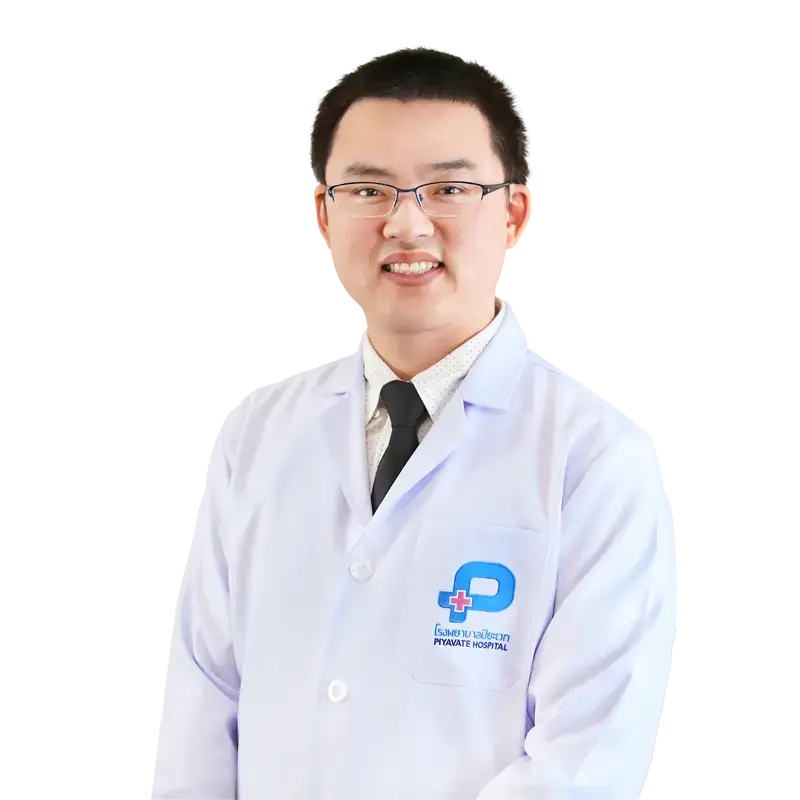- Radioactive Iodine Therapy Center
About
Piyavate Hospital’s Nuclear Medicine Center in Bangkok specializes in treating thyroid-related conditions such as hyperthyroidism and other types of thyroid ailments using radioactive iodine-131 (RAI). This form of therapy is favored due to its targeted approach, which utilizes the thyroid gland’s natural affinity for iodine, allowing for precise treatment of overactive thyroid cells with minimal exposure to other body tissues. This method is recognized for being non-invasive, generally well-tolerated, and effective, with the capability to destroy thyroid cells without significant side effects. Patients receive the iodine orally, and it selectively accumulates in the thyroid gland where the radioactive component acts to reduce thyroid function or eliminate thyroid cancer cells.
What is Iodine-131?
Radioactive iodine-131 (I-131) is a synthetically produced substance that differs from natural iodine in its ability to emit radiation. This radiation is utilized in medical applications for both diagnosis and treatment. Since radioactive iodine has a limited lifespan, it is safe for the body when used in appropriate doses.
I-131 Therapy for Thyroid Disorders
Radioactive iodine therapy (I-131) is used to treat hyperthyroidism and thyroid cancer. Patients take I-131 in capsule form, which then targets the thyroid gland, emitting radiation that helps reduce excessive thyroid activity in hyperthyroid patients.
For thyroid cancer, I-131 therapy lowers recurrence rates, prevents cancer spread, and improves survival rates. Since this treatment is highly targeted, side effects on other parts of the body are minimal.
For thyroid cancer, I-131 therapy lowers recurrence rates, prevents cancer spread, and improves survival rates. Since this treatment is highly targeted, side effects on other parts of the body are minimal.




